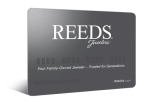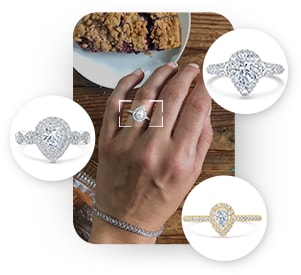This is a demo store. No orders will be fulfilled.
Your Most Common Engagement Ring Questions
Our Diamond Concierge Weighs In
Not to toot our own horn, but we’ve been trusted for 75 years when it comes to engagement ring advice and believe us, we’ve heard all the questions. In the spirit of helpfulness, our Diamond Concierge has compiled the most-asked questions for you to browse, learn, and get next-level comfy with some diamond and ring knowledge.
No question is too big, small, or silly—but if you can’t find your specific question (or you’re just super social and want to chat) get in touch directly with our Diamond Concierge, a GIA-certified expert who can deftly guide you through thousands of options to find your perfect one-and-only or even help you design a ring from scratch. And hey, they might have some proposal ideas while they’re at it! Consultations are free, so book yours here.
Most-Asked Engagement Ring Questions
Most-Asked Engagement Ring Questions


Couple of things here.
Engagement rings are usually made from a variety of durable metals like gold, platinum, titanium, and more. You won’t typically find a silver engagement ring, and here’s why—since this ring will be worn daily for forever-and-ever-amen, silver is a bit too soft.
You’ll want to choose a metal that can withstand daily wear and tear with minimal scratching, etc (hence the popularity of gold and platinum). Perhaps when you say silver, you actually mean the white color tone—in which case white gold or platinum would fit the bill. You can find engagement rings in a variety of colors, so take a browse at all your options.
Nope.
An engagement ring is the key player during a proposal, when the proposer presents it (along with the popped question) to the proposee. The wedding rings are the rings that are exchanged along with vows during the actual wedding ceremony.
But they do share some overlapping meaning—both are a symbol of love and commitment.
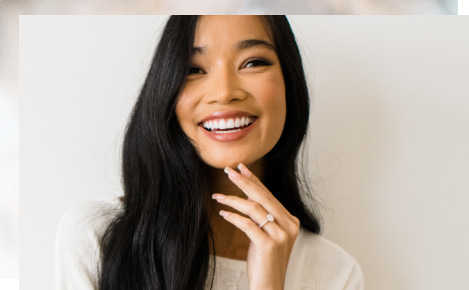

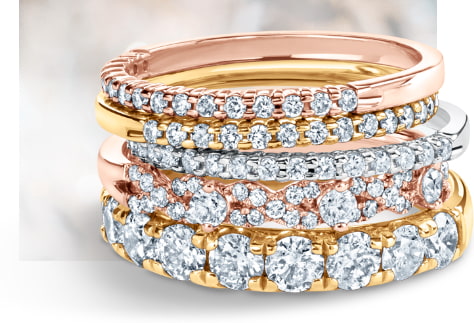

We’ve had no problem sizing up or down but to be sure it’s best to take your ring to your local REEDS and ask an expert there for guidance based on your individual ring.
There could be exceptions depending on the ring’s setting and stone placement (like an eternity band that has stones going all the way around—that couldn’t be resized).
Western tradition dictates that the ring should be worn on the ring finger of the left hand.
This is because at one point people believed that the vein there led directly to the heart. Turns out that actually isn’t true, but the romantic sentiment is stronger than any anatomy discovery, so we’re still all for it.
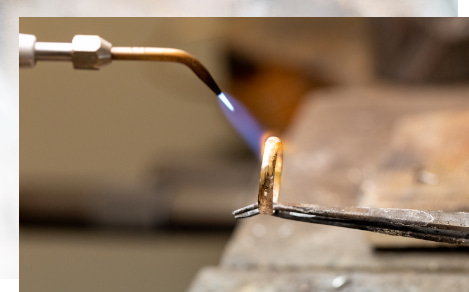

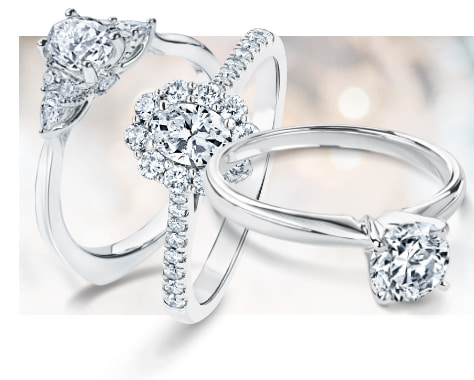

The easy answer is just “forever ago."
Some people say it began in ancient Rome, and the rings were made of flint and bone. Another story is that the first diamond engagement ring made its debut around 1477 when Archduke Maximillian of Austria commissioned a ring for Mary of Burgundy. This spurred a diamond ring trend among the aristocracy that eventually influenced us all.
This is definitely a case of ‘to each his/her/their own’.
But there are plenty of ways you can figure out which kind you’ll love forever. Consider these few things: your style (do you love vintage looks or are you the trending type? Classic or glam?), your lifestyle (higher settings can get in the way if you wear gloves often or are active, for example), and what’s caught your eye in the past—is there a certain stone shape or precious metal you gravitate towards?
Jot down all these answers and start your search from there. You can also chat with one of our experts online or at your local REEDS—just tell them a bit about yourself and they can offer their best suggestions.
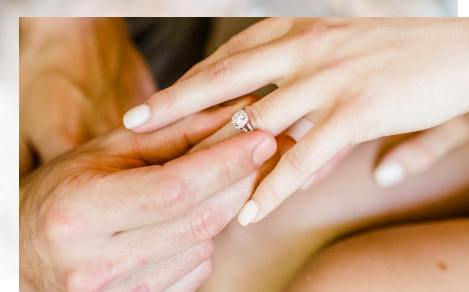

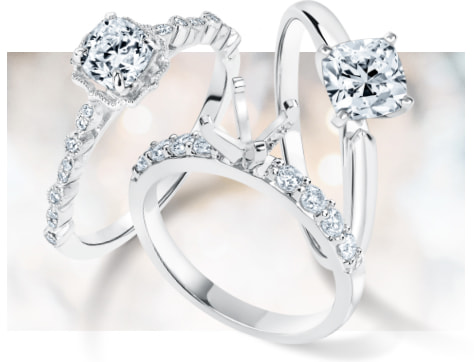

Care is super simple—just use warm water and some gentle dish soap to clean your diamond and keep it bright and sparkling.
You’ll also want to make sure that the ring’s integrity stays 100%, so bring it into the store once a year and have the jeweler give it a quick check to make sure the stone is secure in the mounting.
You’ll want to brush up on what the diamond savvy call the 4 Cs—color, cut, clarity, and carat.
Each of these affects the appearance and potentially the value of your stone, so they’re important to know. (We have a whole guide dedicated to it here!) Aside from that foundational knowledge, you’ll absolutely want to make sure you’re shopping with someone you trust, who will be honest and transparent in their guidance and pricing. (Like *ahem* your local REEDS.)
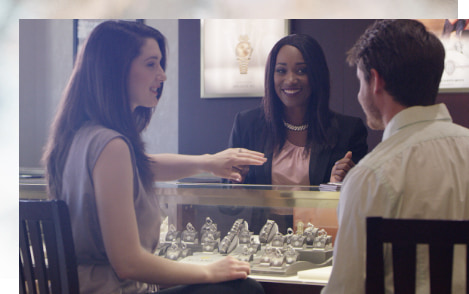

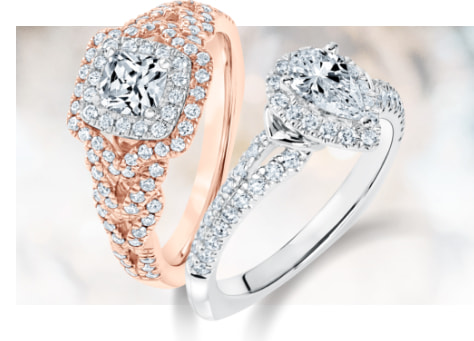

The most important thing to consider is your budgetary comfort level.
But also remember this is likely the single most important jewelry purchase of your life, and it will last a lifetime (maybe even passing through generations beyond) and carry a huge sentimental significance. So it’s worth an investment. If you’re looking for a specific estimate, three month’s salary is a suggestion floating around—but you’ll want to weigh that against your financial circumstances as a couple and make a call.
Totally up to you.
Some people never do, others want to keep with changing styles or swap out one they no longer love. It all comes down to how sentimental and attached to your ring you are. One idea is to keep the center diamond and remount it in a different semi-mount or even another piece of jewelry, like a pendant.
If you want to upgrade to something brand new, you can trade in your diamond at REEDS for full value toward a purchase of greater value. Your local REEDS jeweler can take a look and let you know what yours would be worth, or suggest a new setting.
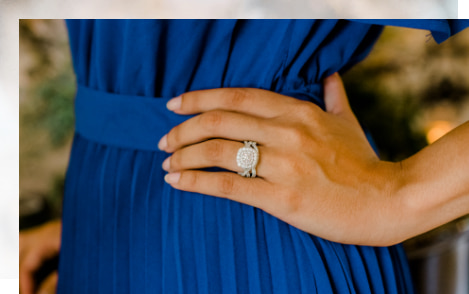

There you have it—engagement ring and lab grown diamond 101 complete. Still have questions or want some help navigating the huge oceans of rings out there? Don’t forget to set up a complimentary consultation and help sesh with our Diamond Concierge here. Or just visit your local REEDS to explore in person and get instant expert advice.
(Find your local store here!)

